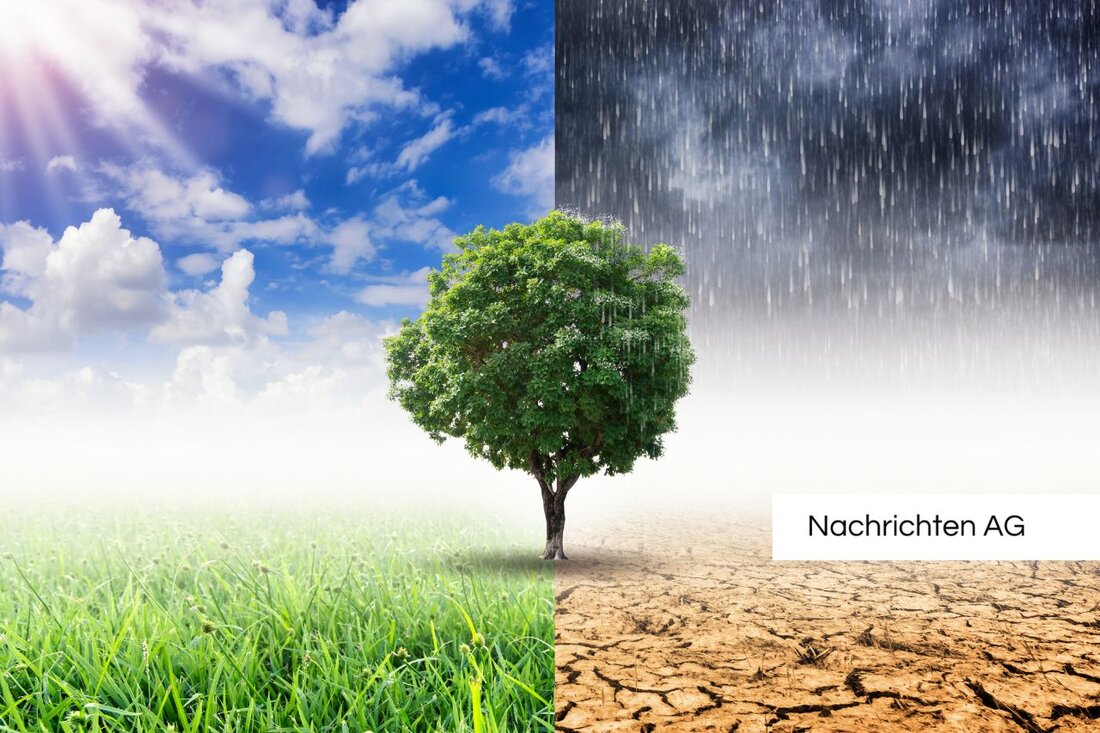Heat in Graz: New action plan for cooler summer nights!
Graz is fighting rising temperatures: New heat action plan offers protective measures and cool retreat.

Heat in Graz: New action plan for cooler summer nights!
With increasing temperatures, the topic of heat is becoming increasingly urgent in urban areas. In Graz, a city that is confronted with the consequences of climate change, the average temperatures in summer rose significantly. While more than ten heat days per year were rarely measured in the 1980s, in 2024 there were already 39 heat days at the University of Graz and 49 on Lendplatz. In addition, an alarming increase in tropical nights was registered - 11 in the city library and 38 on Lendplatz, whereby tropical nights are defined as nights when the temperatures are above 20 degrees Celsius. This data illustrates the health risks associated with extreme temperatures. Werner Prutsch, head of the environmental office, emphasizes that these conditions are often underestimated and that serious consequences for the population can have, especially for vulnerable groups.
To meet these challenges, the city of Graz has launched a new heat action plan. This plan provides to warn the population of upcoming heat waves and at the same time to offer support. A heat warning is pronounced if at least three consecutive days with temperatures from 27 degrees Celsius and a humidity of over 60 percent are expected. Mayor Elke Kahr (KPÖ) emphasizes that social aspects must also be taken into account in the heat load, in particular the needs of socially needy and people in need of care. Health Officer Eva Winter emphasizes the important role of care in this situation. The magistrate director Martin Haidvogl also supports the measures and sees the need for relief offers in the sign of climate change.
measures available for the population
The city of Graz offers various retreat options to escape the heat effectively, including ten churches that are available as cool places. In addition, cool rooms such as the city library, 90 parks, foyers from museums and 80 playgrounds are set up. A map that shows all "places of cooling" is currently being developed. In order to further improve the city climate, over 2,600 trees have been planted in recent years. Vice Mayor Judith Schwentner (Greens) is convinced that these measures will help to alleviate the effects of urban heat.
In the event of heat protection measures, behavioral tips from the health department are also required. It is advised to drink a lot of water, to wear air -permeable clothing, to keep windows closed during the day and to avoid physical exertion. There are special indications for heat out falls by bringing people into the shade, ensuring calm and fresh air, using cold envelopes and, if necessary, setting the emergency call.
The scientific context
Behind the heat in urban areas is a complex phenomenon that is known as a heat island effect. According to an analysis by National Geographic, urban development means that the temperatures in urban areas are significantly higher than in the surrounding area. These urban heat islands arise from sealed surfaces that store heat and prevent the natural cooling of the environment. The protection and the preservation of old trees are of great importance, as they donate considerable shadows and help to regulate the microclimate. Dirk Messner from the Federal Environment Agency emphasizes that older trees, especially street trees from the age of 40, are particularly valuable because they are more resistant to diseases and the effects of climate change.
With a well thought -out heat action plan and a focus on the preservation and promotion of green areas and urban vegetation, Graz seems determined to create a livable environment for its residents even in times of rising temperatures. The combination of municipal planning and individual recommendations for action could help the city to master the challenges of climate change.

 Suche
Suche
